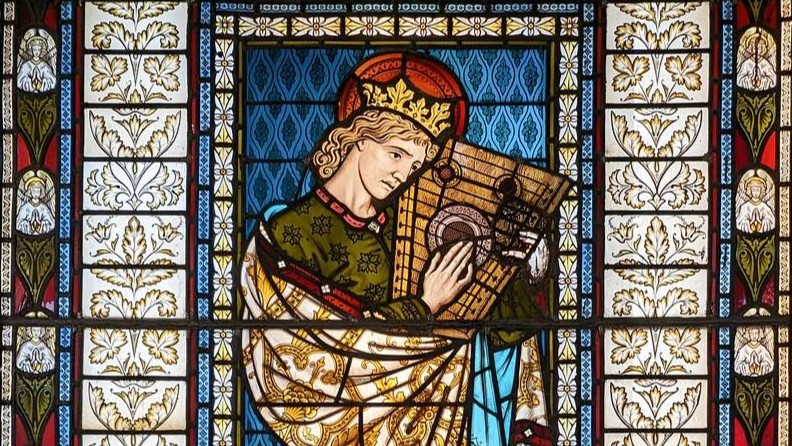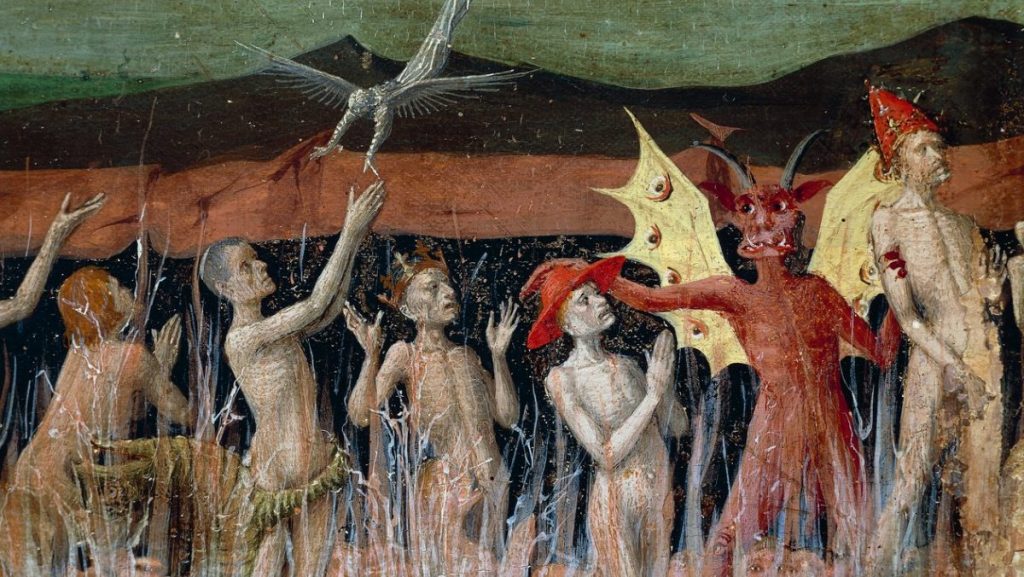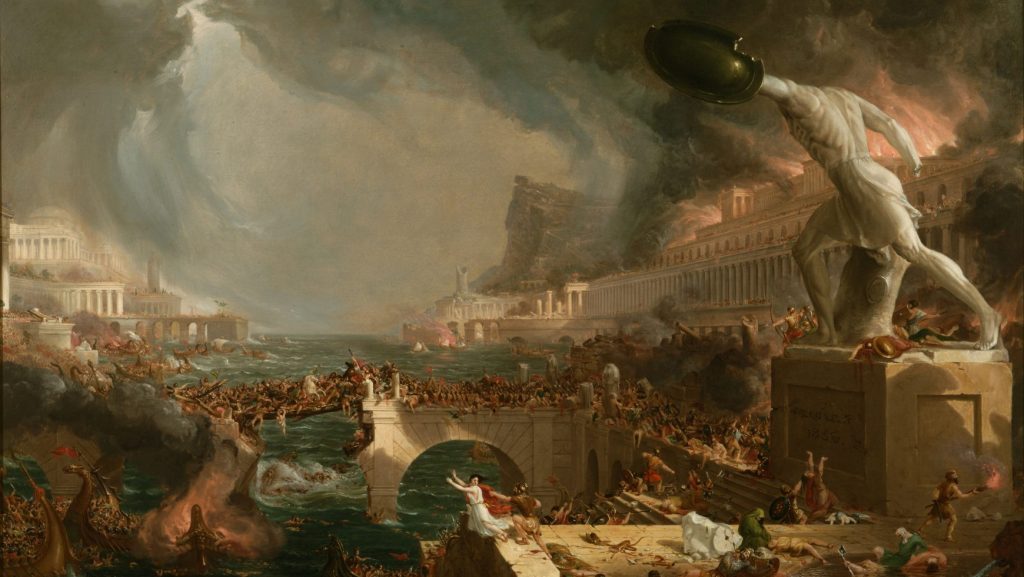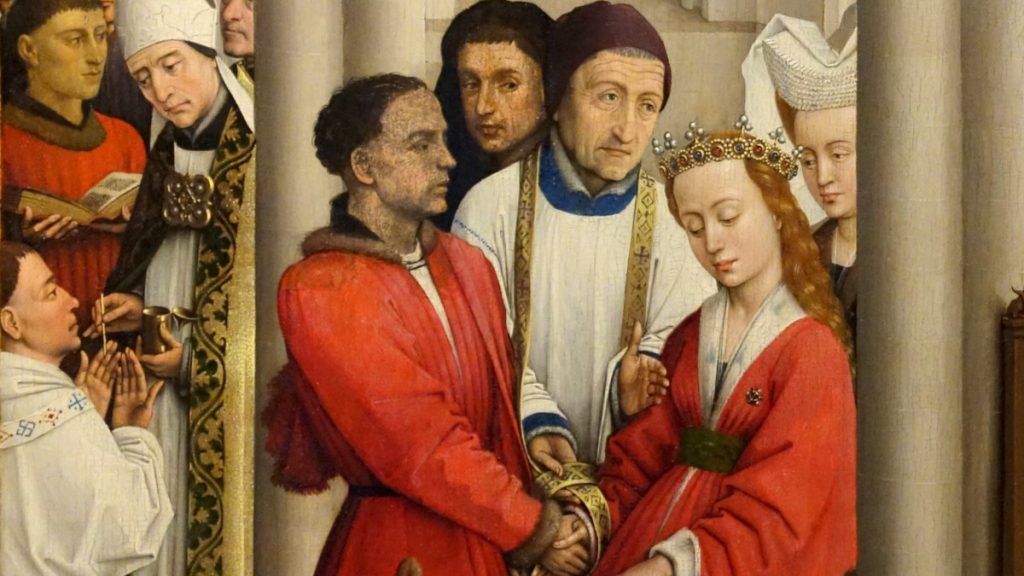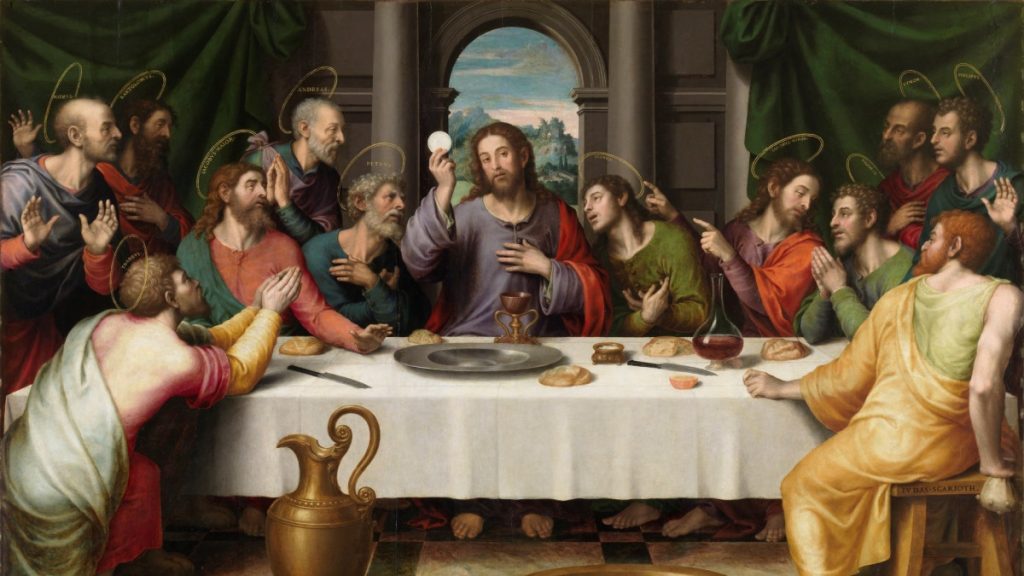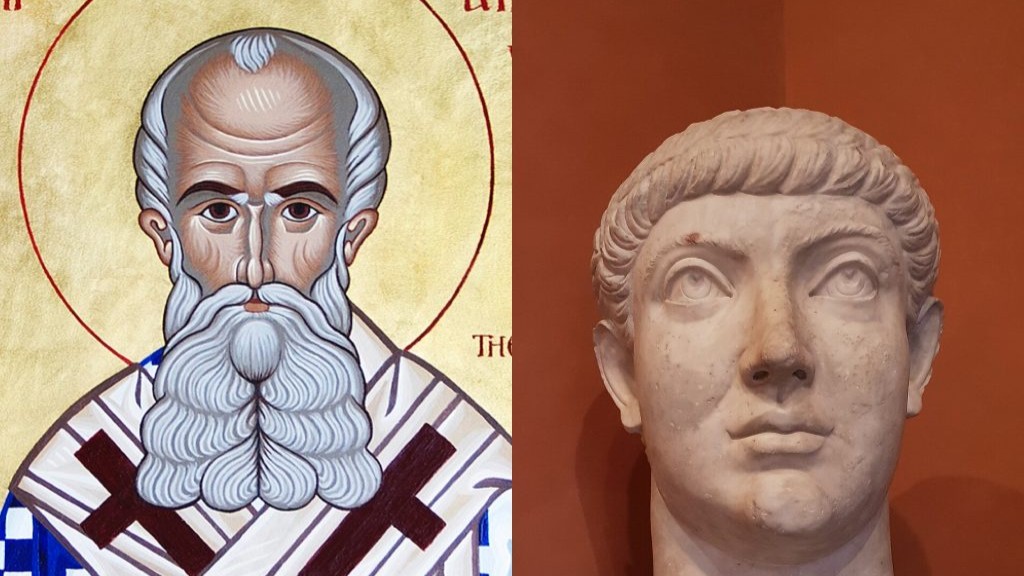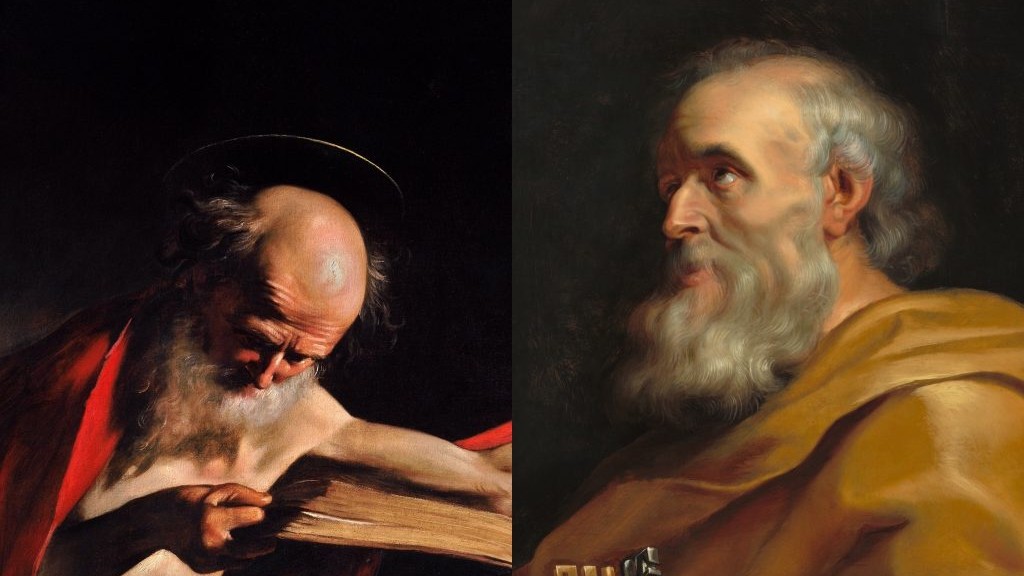Introduction
In ancient Israel, if you wanted to rightly claim to be a part of the kingdom established by God, you had to answer “yes” to two basic questions (at a minimum):
- Are you part of one of Israel’s tribes? And
- Is your tribe in “communion” with the tribe of Judah and Jerusalem, which God designated as the head tribe, and the center of right worship?
And since we human beings die, your “yes” to the second question would apply throughout the various stages of Israel’s history, because each tribal head had successors, as did the Levitical priesthood, the judges, and then the monarchs.
The main example that illustrates this reality in ancient Israel was the secession of the northern tribes of Israel from Judah under Jeroboam, the first king of the apostate northern kingdom.
Roadmap
With that in mind, our Roadmap is as follows:
- Our thesis is that the Old Testament type by which one could know you were part of Israel by being in a tribe under the chief tribe, Judah, is fulfilled in the Catholic Church by whether you are under a bishop who is under the chief bishop, the Pope. We will show this by:
- Examining the Old Testament typology from Scripture; then
- Showing how this type is fulfilled in the New Testament; and
- Summarizing the conclusions that can be drawn from this evidence.
The Old Testament Type that Points to the Church
After the death of King Solomon, men from the northern tribes approached his son and successor, King Rehoboam, and requested he relieve them of the burdens imposed by Solomon. He refused to do so, and they subsequently rebelled against him, and seceded from the tribe of Judah (1 Kings 12:16-20):
16 And when all Israel saw that the king did not hearken to them, the people answered the king, “What portion have we in David? We have no inheritance in the son of Jesse. To your tents, O Israel! Look now to your own house, David.”
So Israel departed to their tents. 17 But Rehoboam reigned over the people of Israel who dwelt in the cities of Judah. 18 Then King Rehoboam sent Adoram, who was taskmaster over the forced labor, and all Israel stoned him to death with stones. And King Rehoboam made haste to mount his chariot, to flee to Jerusalem. 19 So Israel has been in rebellion against the house of David to this day. 20 And when all Israel heard that Jeroboam had returned, they sent and called him to the assembly and made him king over all Israel. There was none that followed the house of David, but the tribe of Judah only.
Jeroboam’s subsequent actions made clear that he had separated the tribes of Israel from God’s kingdom, as he immediately set out establishing alternative sites of worship to Jerusalem (1 Kings 12:26-29):
26 And Jeroboam said in his heart, “Now the kingdom will turn back to the house of David; 27 if this people go up to offer sacrifices in the house of the Lord at Jerusalem, then the heart of this people will turn again to their lord, to Rehoboam king of Judah, and they will kill me and return to Rehoboam king of Judah.” 28 So the king took counsel, and made two calves of gold. And he said to the people, “You have gone up to Jerusalem long enough. Behold your gods, O Israel, who brought you up out of the land of Egypt.” 29 And he set one in Bethel, and the other he put in Dan. 30 And this thing became a sin, for the people went to the one at Bethel and to the other as far as Dan.
Jeroboam thereby ensured the Israelites in the northern apostate kingdoms would no longer have “communion” with Jerusalem and Judah. And whereas God had established a priesthood that could only come from the tribe of Levi, Jeroboam set out to establish a non-Levitical, that is to say, invalid priesthood of his own (1 Kings 12:31-32):
31 He also made houses on high places, and appointed priests from among all the people, who were not of the Levites. 32 And Jeroboam appointed a feast on the fifteenth day of the eighth month like the feast that was in Judah, and he offered sacrifices upon the altar; so he did in Bethel, sacrificing to the calves that he had made. And he placed in Bethel the priests of the high places that he had made.
In addition to counterfeit worships sites and a counterfeit priesthood, Jeroboam also altered the ancient Israelite feasts (1 Kings 12:33):
33 He went up to the altar which he had made in Bethel on the fifteenth day in the eighth month, in the month which he had devised of his own heart; and he ordained a feast for the people of Israel, and went up to the altar to burn incense.
Incidentally, it was the immoral behavior of King Rehoboam, Solomon’s son, that served as the predicate for Jeroboam’s rebellion, in a similar way as the moral corruption of various churchmen—including Popes—played a role in the rise of protestantism. In neither case, however, did sinful leadership justify schism and apostasy.
On the several occasions that Gentiles converted to Judaism in the Old Testament (a prefiguring of the Gentiles coming to the God of Israel through Christ in the New Testament), they always did so by joining an already existing Israelite tribe, and offering right worship in the Temple in Jerusalem (or at the tabernacle wherever God had previously located it).
After the northern kingdom seceded, Judah did not always have faithful kings and rulers. But the northern kingdom of Israel didn’t have even one. After all, they had rebelled against the touchstone of unity and right worship God had established for His people. On occasion, Judah’s evil kings repented. One such example was Asa. When he repented of his evil deeds after hearing the words of the prophet Azariah, faithful men on both sides of the Judah/Israel divide flocked to Judah and Jerusalem to offer true worship (2 Chron. 15:9-15):
9 And he [Asa] gathered all Judah and Benjamin, and those from Ephraim, Manasseh, and Simeon who were sojourning with them, for great numbers had deserted to him from Israel when they saw that the Lord his God was with him. 10 They were gathered at Jerusalem in the third month of the fifteenth year of the reign of Asa. 11 They sacrificed to the Lord on that day, from the spoil which they had brought, seven hundred oxen and seven thousand sheep. 12 And they entered into a covenant to seek the Lord, the God of their fathers, with all their heart and with all their soul; 13 and that whoever would not seek the Lord, the God of Israel, should be put to death, whether young or old, man or woman. 14 They took oath to the Lord with a loud voice, and with shouting, and with trumpets, and with horns. 15 And all Judah rejoiced over the oath; for they had sworn with all their heart, and had sought him with their whole desire, and he was found by them, and the Lord gave them rest round about.
In other words, being merely an “Israelite” was not sufficient. You had to be in “communion” with Jerusalem and the tribe of Judah. This was how you knew you were part of the true people of God. Simple as that. Even when wicked rulers scandalized the people, the people of God knew that Jerusalem, the Temple, and the Levitical priesthood were essential to their identity as a people. Wicked rulers did not justify inventing another system of worship.
This is why true Israelites simply became known as “Jews,” since they were from, or in communion with, Judah.
Perhaps this was the ancient version of Catholics being derisively called “Roman Catholics” and “papists” after the protestant revolt for remaining in communion with the successor of St. Peter in Rome, which had always been one of the touchstones of catholicity.
The New Testament Catholic Church Fulfills the Old Testament Type
We now proceed to the New Testament Church, which is the extension of Israel to all the nations of the world that now includes both Jew and Gentile. It began with twelve Apostles, akin to the twelve tribes of Israel. One of these Apostles was the “head” of the others, namely Peter, established as such by Christ Himself (see, for example, Matt. 16:13-20, John 21:15-19, and Acts 15:7). Just as in ancient Israel, if you wanted to claim to be part of the New Testament Church, you had to answer “yes” to two basic questions:
- Are you under the leadership of one of the Apostles, or a bishop they have appointed over you? And
- Is your Apostle or bishop in “communion” with Peter?
And since human beings die, the same principle of succession at work in ancient Israel applies (see Quote Archive | Apostolic Succession). Thus, the questions today become:
- Are you under the leadership of a bishop who has succeeded an Apostle? And
- Is your bishop in “communion” with the successor of Peter, the Pope?
Exhaustively covering the biblical and historical evidence for the papacy is far beyond the scope of this post. But it’s worth considering one example that is often missed by protestants—that of St. Paul, before beginning his apostolic mission, initially conferring with St. Peter in order to verify his gospel (Gal. 1:15-18):
15 But when he who had set me apart before I was born, and had called me through his grace, 16 was pleased to reveal his Son to me, in order that I might preach him among the Gentiles, I did not confer with flesh and blood, 17 nor did I go up to Jerusalem to those who were apostles before me, but I went away into Arabia; and again I returned to Damascus.
18 Then after three years I went up to Jerusalem to visit Cephas, and remained with him fifteen days.
We know that at this time, other Apostles were active in and around Jerusalem. St. Paul says he saw James, who was later identified as the head of the church in Jerusalem in Acts 15. But St. Paul did not confer with him or any of the others. Before he presumed to preach the gospel, he conferred with St. Peter, and him alone, for fifteen days. And he identified him as “Cephas,” or “Rock,” as Christ had renamed him in Matthew 16. Only after conferring with him did he begin his apostolic mission [Gal. 1:21-24].
Conclusion
Thus, we see that the Church’s structure, like that of ancient Israel, is very simple, and straightforward. All you have to do is answer “yes” to two questions:
- Are you in one of the tribes (are you under an Apostle/his successor)? And
- Is your tribe in communion with the head tribe (is your Apostle/bishop in communion with Peter/his successor)?
That’s it.
In fact, it’s so simple and straightforward that all protestant attempts to re-define “church” have invariably devolved into gnostic notions of an “invisible church,” and other purely subjective and ultimately individual opinions about what constitutes “true Christianity.” It is precisely because Catholic ecclesiology is so simple that all attempts to get around it end up being far more complicated, and invariably end up relying on subjective religious claims about where the “true Church” is, as opposed to the objective and visible monuments established by Christ as His people’s public witness to the world in both the Old and New Testaments.
As we see, there is a straightforward connection between the structure of the Old Testament kingdom of Israel and the New Testament Catholic Church. The former prefigured the latter, and the latter fulfilled the former. This is but one example of how Catholic ecclesiology finds ample support throughout Scripture. That is why (among many other reasons) all attempts to make “the Roman Catholic Church” seem like just another “denomination” end up being incoherent on both the scriptural and historical fronts.
